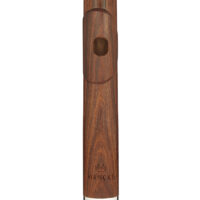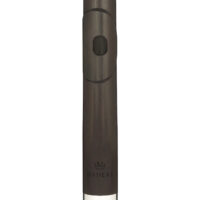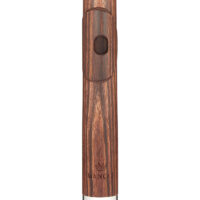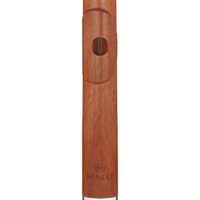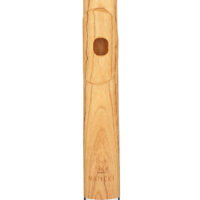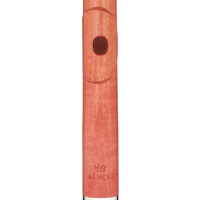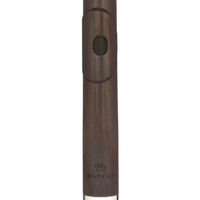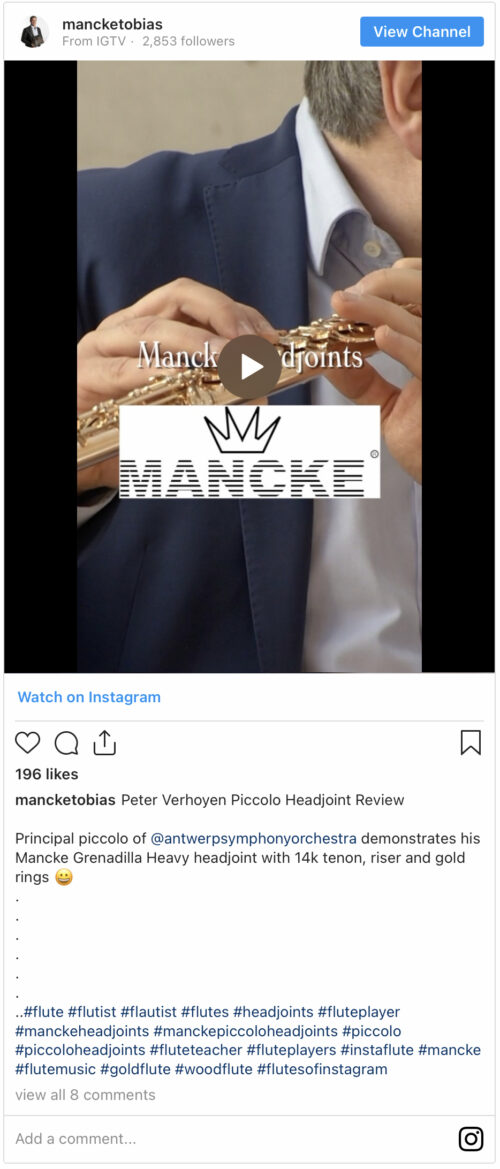MANCKE standard size wooden headjoints fit Powell and Yamaha wood flutes and pair well with most metal flutes. MANCKE wooden headjoints offer the beautifully warm and intimate sound of wooden flutes with the projection, response and control characteristic of all MANCKE headjoints. Response and resistance are finely balanced to make a wide range of dynamics possible, allowing for flexibility and reliable response. MANCKE selects and ages the woods used for headjoints very carefully to ensure uniformity, reliability, and durability.
All MANCKE headjoints share a consistency of superb workmanship. MANCKE headjoints are designed to project to the fullest extent and at every dynamic with a wide range of color potential and depth of sound. Contrary to common belief, these wooden headjoints have strong low notes, resonant high notes and project similarly to the metal headjoints. Each model exemplifies the signature qualities of the MANCKE experience – unparalleled responsiveness, control, flexibility, and resonance.
Our wide range of innovative models and combinations of materials offer each flutist the possibility to realize his/her unique, personal sound ideal. They offer enhance potential for blending with other instruments and exploring the many nuances of the wood characteristics. Wood headjoints can be used for solo, chamber, or orchestral playing, from baroque to modern styles.



